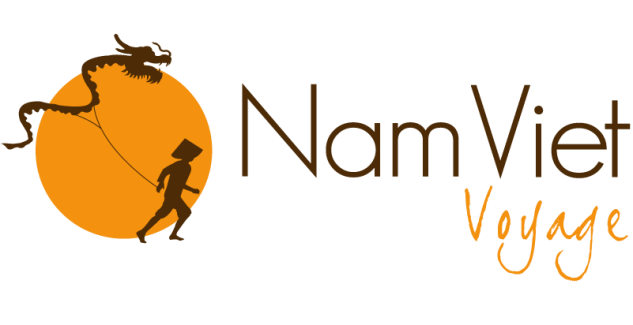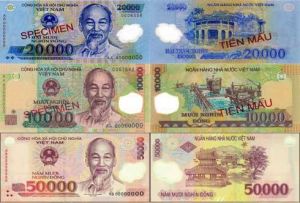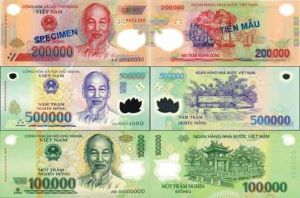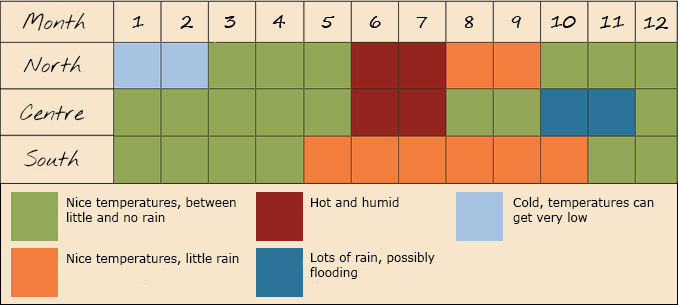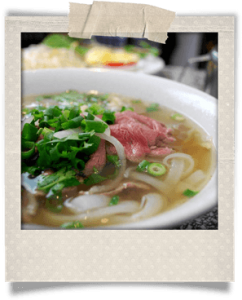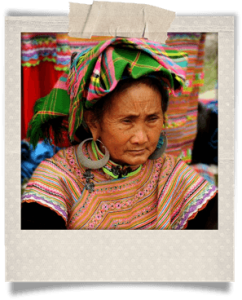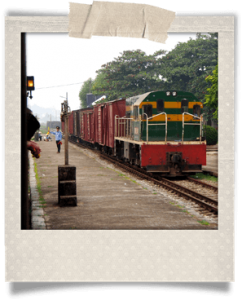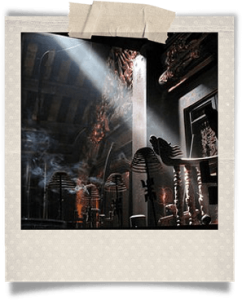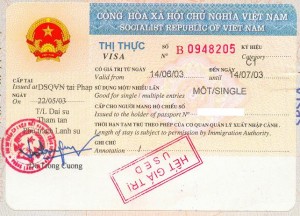 In any case, your passport must be valid up to 6 months after the day you leave the country. Vietnamese entry visa is required for all foreigners visiting Vietnam, except those enjoying visa exemption. Indeed, the Government of Vietnam has waived visas for holders of passports from 7 countries, namely: the Republic of Korea, Japan, the Russian Federation, Denmark, Norway, Sweden, and Finland. Besides, it has recently waived visas until June 2016 for holders of passports from the UK, Italy, Germany, Spain and France. Nevertheless, the visa exemption is only applied if meeting all the following conditions:
In any case, your passport must be valid up to 6 months after the day you leave the country. Vietnamese entry visa is required for all foreigners visiting Vietnam, except those enjoying visa exemption. Indeed, the Government of Vietnam has waived visas for holders of passports from 7 countries, namely: the Republic of Korea, Japan, the Russian Federation, Denmark, Norway, Sweden, and Finland. Besides, it has recently waived visas until June 2016 for holders of passports from the UK, Italy, Germany, Spain and France. Nevertheless, the visa exemption is only applied if meeting all the following conditions:
- The duration of stay must not exceed 15 days.
- If you have visited Vietnam before, this entry date must be over 30 days since the last entry.
